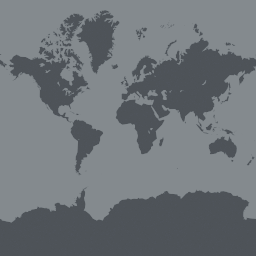To highlight their publishers and their data, the Atlas of Living Australia (ALA) have created an internationally-renowned and powerful adjustable platform. Since 2014, it has been installed, configured and used by multiple nodes and institutions. The Living Atlases community, created by the users of this toolset, has increased over the years. The number of atlases based on the platform (13 as of March 2018) proves the positive impact of past workshops.
As participants have become more skilled, however, the number of goals to achieve and elements to improve have increased. For instance, there is an expressed need to work on end-user training and supporting documentation. Indeed, there is a demand to fill the gap of missing tutorials or exercises concentrated on the full exploitation of these data portals not only to assist participants at a national level, but also the global GBIF community which will help to increase the capacity to analyze GBIF-mediated data.
This project will thus organize a workshop around the ALA geolocation modules, including the spatial portal and the "Explore region" tool, but also on analysis elements such as ALA4R.
GBIF France will host this 1-week event at the Museum national d’Histoire naturelle (MNHN) in Paris, inviting participants from 15 GBIF nodes in Africa, North and South America, Asia, Europe and Oceania. A key focus will be on improving the link between GBIF and the national atlases by adding citations, licenses and DOIs. In addition, the workshop will provide opportunities to present some use cases illustrating how institutions could share some technical challenges or impediments (hosting, technical staff, etc.).
A second outcome of the project will be to work on improving the documentation for the end-users. Exercises on how to use these atlases will be produced as well as videos (see below) promoting their use. All these resources will be developed in English and translated into French, Spanish and Portuguese.
Project Progress
At the end of the project period, the project has achieved the two main outcomes planned; organizing the technical workshop and improving the end-users’ experience; together with other supplementary objectives to strengthen the living atlases community.
To achieve improving end-users’ experiences, two video tutorials have been created that show how to use basic and more advanced functionalities of this kind of data portal (see below). These have been subsequently shared during conferences such as SPNHC 2019 and the European GBIF Nodes Meeting. Training material on the use of national and thematic data portals has also been developed to help users of these systems.
The technical workshop “International Living Atlases workshop: how to improve data use with Atlas of Living Australia modules”, was held in April 2019 (Paris, France), and followed the same structure as in the previous project (CESP2017-0009) whereby participants were divided into groups with a mentor and presented with step-by-step exercises. Feedback received showed interest from the participants to attend future workshops and to participate as a partner/representative in future projects or conferences.
To strengthen the living atlases community, the project has undertaken supplementary objectives, such as a holding a symposium “The Living Atlases community in action: demonstration of real implementations of Atlas of Living Australia modules” during the SPNHC+TDWG conference in August 2018 (Dunedin, New Zealand), an ongoing discussion about the improvement of the community in the long-term and the amelioration of the technical documentation.
Post-project activities include the translation of the video sub-titles into other languages, expanding the range of learning resources and related exercises, and discussing further the formalization of the community.


